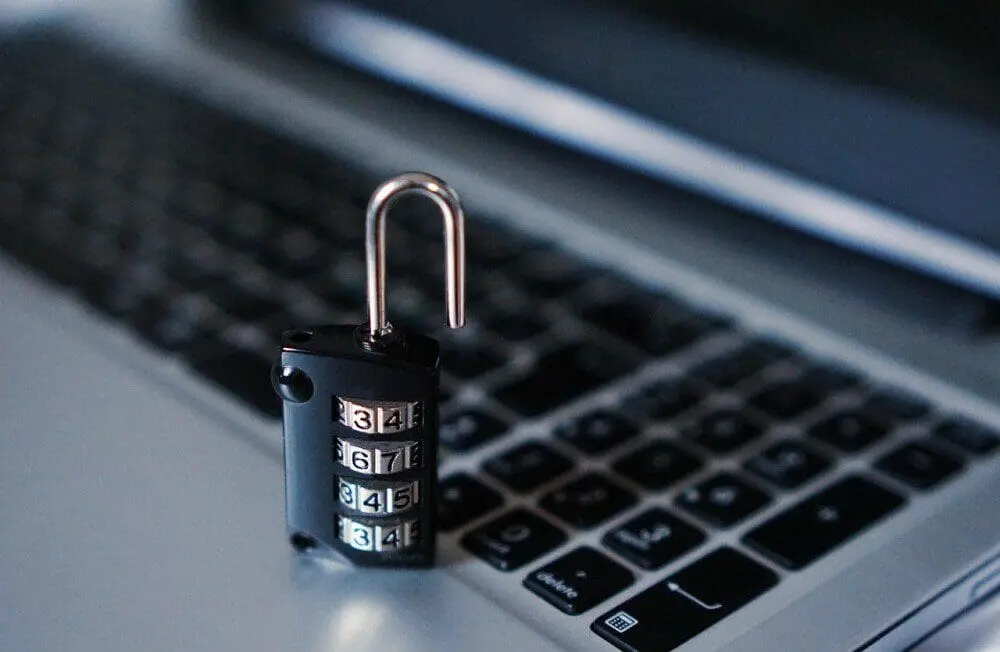
In today’s interconnected digital landscape, safeguarding online privacy is crucial. With every click, search, and post, we leave behind a digital footprint that can be exploited by malicious actors. Privacy breaches can result in identity theft, financial loss, and misuse of personal data. This guide offers a comprehensive overview of key online privacy threats and provides actionable strategies, tools, and tips to help protect your digital presence.
Online Privacy Threats
1. Data Breaches
Data breaches occur when unauthorized individuals gain access to sensitive information. These incidents are becoming increasingly frequent, impacting both organizations and individuals. High-profile breaches, such as those at Equifax and Yahoo, have compromised the personal information of millions, leading to significant risks like identity theft and financial fraud.
How to Protect Against Data Breaches:
- Use strong, unique passwords for different accounts.
- Monitor financial statements and credit reports regularly.
- Enable account alerts to detect unauthorized activity quickly.
2. Phishing Attacks
Phishing involves cybercriminals impersonating trusted entities to deceive users into revealing sensitive information. These attacks commonly occur via email, social media, or fraudulent websites.
How to Recognize Phishing Attempts:
- Look for suspicious links and poor grammar in messages.
- Verify the sender’s email address before responding.
- Avoid clicking on unsolicited links and attachments.
3. Tracking and Cookies
Many websites track users through cookies and other tracking technologies to gather data on browsing behavior. While this enhances user experience, it also poses privacy risks by enabling extensive data collection.
How to Manage Tracking:
- Regularly clear cookies and browsing data.
- Use browsers with privacy-focused features.
- Adjust tracking and privacy settings in your browser.
Actionable Tips for Securing Online Privacy
1. Use Strong Passwords
Strong passwords are a fundamental aspect of online security. Follow these guidelines:
- Use a combination of uppercase and lowercase letters, numbers, and special characters.
- Avoid using easily guessable information, such as birthdays or common words.
- Consider using a password manager to generate and store complex passwords securely.
Steps for iPhones:
- Go to Settings > Passwords.
- Tap + to add a new password or select an existing account to update.
- Enable AutoFill Passwords for convenience and security.
Steps for Android:
- Open Settings > Security > Password Manager.
- Use Google Password Manager to store and generate passwords.
- Enable AutoFill Service to streamline login processes.
2. Enable Two-Factor Authentication (2FA)
Two-factor authentication adds an extra layer of security by requiring both a password and a verification code sent to a trusted device.
- Enable 2FA on key accounts, such as email, banking, and social media.
- Use authentication apps like Google Authenticator or Authy for enhanced security.
Steps for iPhones:
- Go to Settings > [Your Name] > sign-in & Security.
- Tap Turn On Two-Factor Authentication.
Steps for Android:
- Open Settings > Google > Manage your Google Account.
- Navigate to Security > 2-Step Verification and follow the prompts.
3. Practice Secure Browsing
- Use Secure Browsers: Opt for browsers with built-in security and privacy features, such as Firefox or Brave.
- Use VPNs: A Virtual Private Network encrypts your internet connection, masking your IP address and enhancing privacy.
- Avoid Suspicious Links: Be cautious about clicking on links from unknown sources, as they may lead to malware infections.
Steps for iPhones:
- Use Safari in Private Browsing Mode by tapping Tabs > Private.
- Consider installing privacy-focused browsers like Brave.
Steps for Android:
- Use Chrome in Incognito Mode by tapping More > New Incognito Tab.
- Install privacy-enhancing browsers like DuckDuckGo or Firefox Focus.
4. Manage Social Media Privacy
Social media platforms are a major source of privacy leaks. To stay secure:
- Adjust Privacy Settings: Regularly review and update privacy settings to control who can see your content.
- Limit Oversharing: Avoid sharing sensitive personal information publicly.
- Control Audience Reach: Use private accounts or custom friend lists to limit who can view your posts.
Steps for iPhones:
- Open the social media app, go to Settings, and adjust privacy controls.
- Limit app permissions by going to Settings > Privacy.
Steps for Android:
- Open the social media app, navigate to Privacy Settings, and update visibility options.
- Manage app permissions in Settings > Apps > Permissions.
5. Enhance Email Security
- Recognize Phishing Emails: Verify the sender’s email address and look out for warning signs such as urgent requests for information.
- Avoid Clicking Unknown Links: Do not click on links or download attachments from untrusted sources.
- Use Encrypted Email Services: Consider switching to encrypted email providers like ProtonMail or Tutanota for added privacy.
Steps for iPhones:
- Use the Mail app and enable Protect Mail Activity in Settings > Mail > Privacy Protection.
Steps for Android:
- Use Gmail or other email apps with built-in spam filters.
- Enable Security Check-Up in your Google account settings.
Advanced Strategies
1. Use Privacy-Focused Tools
- Ad Blockers: Block intrusive ads and prevent data tracking by using ad blockers like uBlock Origin.
- Anti-Tracking Extensions: Tools such as Privacy Badger can prevent websites from tracking your online activity.
- Secure Messaging Apps: Apps like Signal and Telegram provide end-to-end encryption for private communication.
Steps for iPhones:
- Install ad blocker apps from the App Store and enable them in Settings > Safari > Content Blockers.
- Download secure messaging apps like Signal from the App Store.
Steps for Android:
- Install ad blocker apps or use browsers with built-in blockers like Brave.
- Download secure messaging apps like Telegram from the Google Play Store.
2. Perform Regular Digital Clean-Up
- Remove Unused Accounts: Deactivate accounts you no longer use to minimize your digital footprint.
- Update Security Settings: Regularly review and update privacy settings on active accounts.
- Check for Outdated Information: Remove outdated or sensitive information from public profiles and websites.
Steps for iPhones:
- Go to Settings > General > iPhone Storage to review and delete unused apps.
- Manage online accounts using password manager apps.
Steps for Android:
- Open Settings > Storage to review and uninstall unused apps.
- Use Google Password Manager to manage and clean up saved accounts.
Wrapping Up
In a world where digital threats are constantly evolving, protecting your online privacy is more important than ever. This guide has outlined key threats such as data breaches, phishing, and tracking, while providing practical strategies for safeguarding your online presence. By adopting strong passwords, enabling two-factor authentication, using privacy-focused tools, and regularly performing digital clean-ups, you can significantly reduce your risk of falling victim to cyber threats.
Stay vigilant, stay informed, and take proactive steps to secure your digital life. Maintaining control over your personal information not only protects your privacy but also ensures a safer online experience for you and your loved ones.
